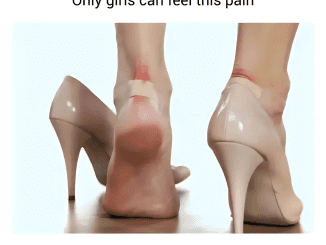If you’ve ever noticed a painful, bony bump on the side of your foot, particularly near the base of your big toe, you’re likely dealing with a bunion. It’s not just a cosmetic issue; bunions can cause discomfort, limit your mobility, and make finding the right shoes a nightmare. Let’s break down what bunions are, what causes them, and—most importantly—how you can get rid of them.
What Is a Bunion?
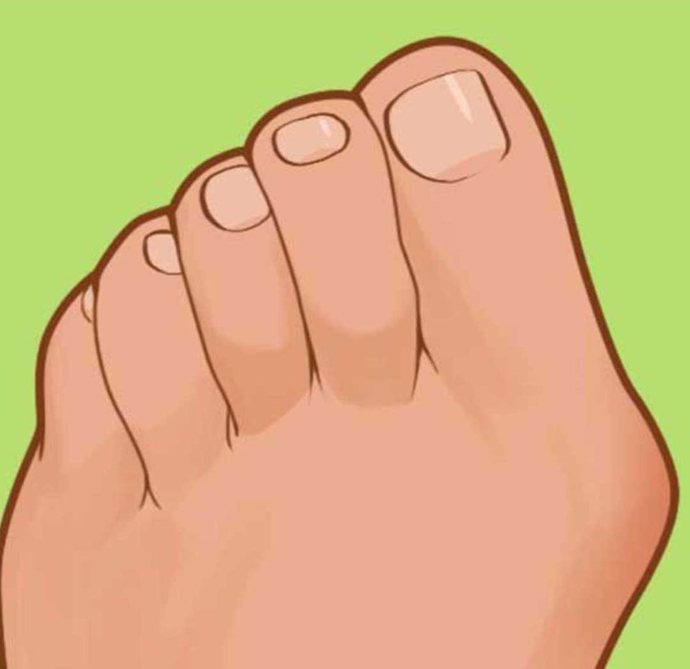
A bunion, or hallux valgus, is a bony protrusion that develops at the base of your big toe joint. This occurs when the big toe starts to lean inward toward the other toes, forcing the joint to stick out. Over time, this misalignment leads to inflammation, pain, and sometimes arthritis.
Although genetics often play a role—thanks, family!—bunions can also result from poor footwear choices, especially high heels or narrow-toed shoes. Left untreated, bunions can worsen, leading to more severe pain and difficulties with everyday activities.
Signs and Symptoms of Bunions
The most noticeable symptom of a bunion is the visible bump on the side of your foot. However, there are other telltale signs to watch for, including:
- Persistent pain or tenderness near the bunion.
- Redness, swelling, or inflammation around the joint.
- Restricted movement of your big toe.
- Corns or calluses from toes rubbing together.
- Thickened skin around the bunion.
If you’re experiencing these symptoms, it’s time to address the issue before it escalates.
What Causes Bunions?
Bunions don’t just appear out of nowhere—they develop due to prolonged stress on the foot. Common causes include:
- Genetics: If your parents or grandparents had bunions, you’re more likely to develop them, too.
- Ill-Fitting Shoes: High heels, narrow-toed shoes, or footwear that lacks proper support can all contribute.
- Arthritis: Conditions like rheumatoid arthritis can weaken and inflame joints, increasing bunion risk.
- Foot Injuries: Trauma to the foot can alter its structure and lead to bunion formation.
- Flat Feet or Poor Walking Mechanics: These issues put uneven pressure on the feet, worsening misalignment.
How to Treat and Get Rid of Bunions
The good news? You don’t have to suffer in silence. While bunions won’t magically disappear without intervention, there are plenty of ways to alleviate the pain and slow their progression.
1. Invest in Proper Footwear
Your shoe choices matter more than you think. Switch to shoes that are:
- Wide-toed to give your toes plenty of space.
- Low-heeled or flat to reduce stress on the front of your foot.
- Cushioned for added comfort and shock absorption.
Ditch the stilettos and narrow shoes—your feet will thank you!
2. Use Bunion Pads and Orthotics
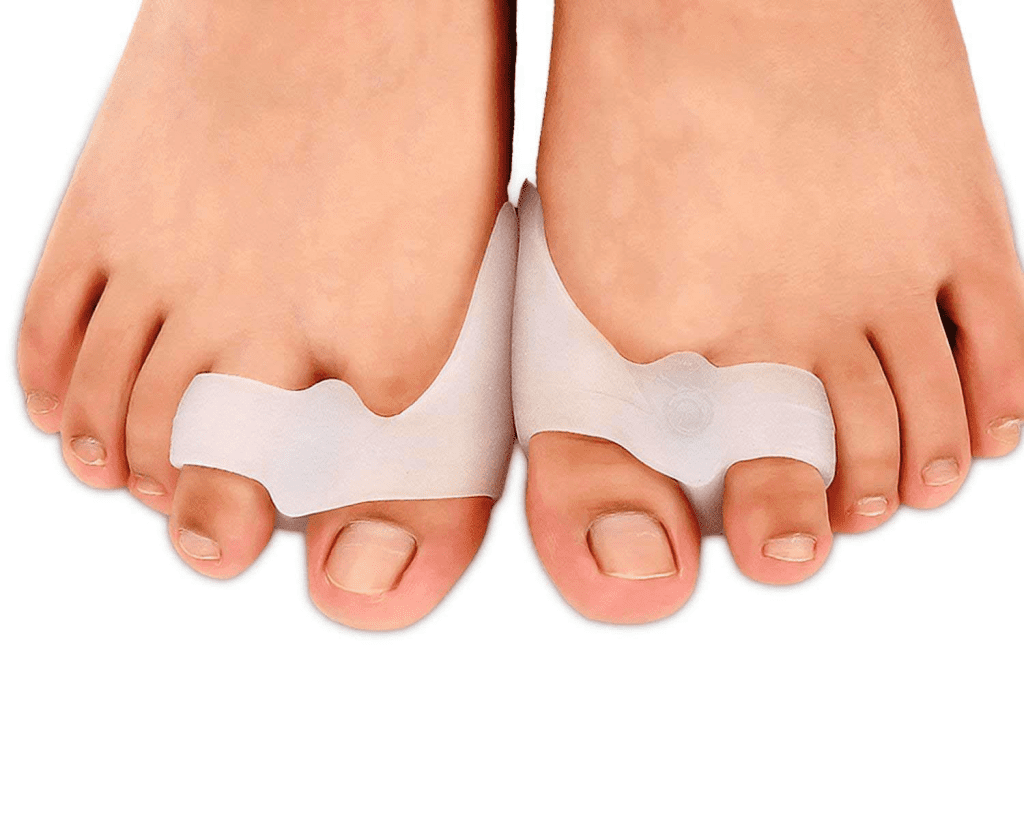
Bunion pads, toe spacers, and custom orthotics are lifesavers for those dealing with bunion pain. They work by:
- Reducing friction and pressure on the bunion.
- Correcting your foot’s alignment.
- Improving comfort during daily activities.
Consult a podiatrist to explore the best orthotic solutions for your feet.
3. Manage Pain and Swelling
When bunion pain strikes, try these remedies:
- Ice Packs: Apply for 10–15 minutes to reduce swelling.
- Over-the-Counter Pain Relievers: Medications like ibuprofen can help with inflammation.
- Topical Creams: Anti-inflammatory gels can provide localized relief.
These methods won’t cure a bunion but can make it more manageable.
4. Strengthen Your Feet with Exercises
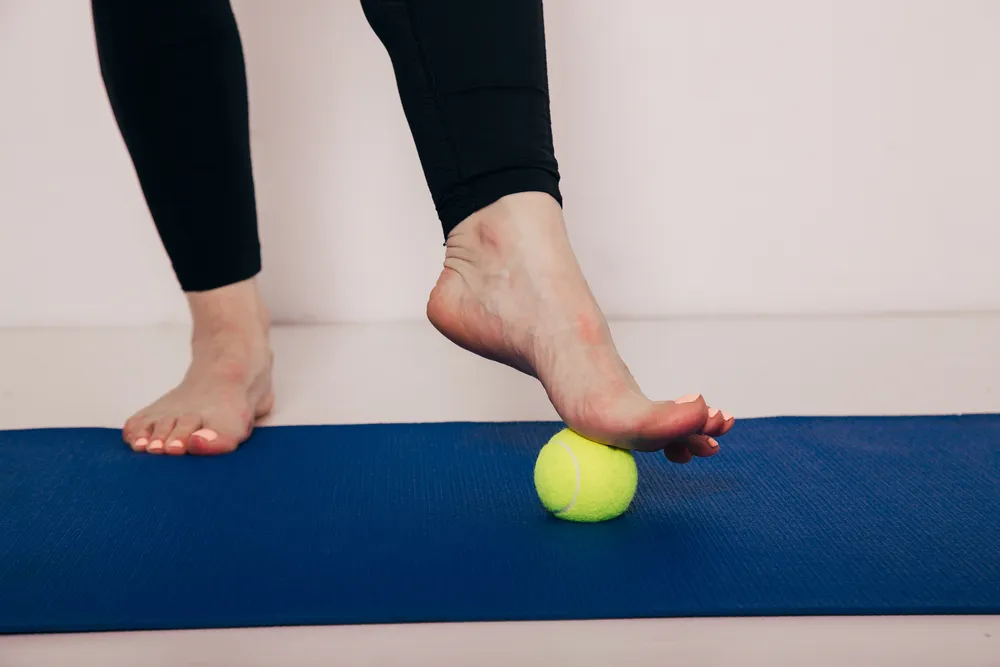
Simple exercises can help maintain flexibility, reduce stiffness, and strengthen the muscles around your big toe joint. Try these:
- Toe Stretching: Gently pull your big toe into alignment and hold for 10 seconds. Repeat several times.
- Towel Grabs: Use your toes to pick up a towel from the floor.
- Toe Circles: Rotate your big toe in small circles to improve joint mobility.
Making these exercises a daily habit can slow the progression of bunions.
5. Try Bunion Splints
Bunion splints are devices worn at night to realign your toe while you sleep. Although they won’t permanently correct the problem, they can reduce pain and prevent the bunion from worsening.
6. Consider Corticosteroid Injections
For severe pain, a doctor might recommend corticosteroid injections. These injections reduce inflammation and provide temporary relief, but they aren’t a long-term fix.
7. Explore Surgical Options
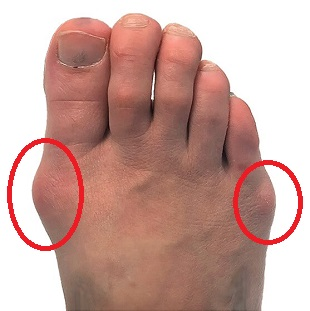
When conservative treatments aren’t enough, surgery becomes a viable option. Bunion surgery, or a bunionectomy, corrects the bone alignment and removes the protrusion. There are various surgical methods depending on the severity:
- Osteotomy: The bone is cut and repositioned.
- Exostectomy: The bony bump is shaved off.
- Arthrodesis: The joint is fused for stability.
Surgery requires recovery time and isn’t always necessary, but it can significantly improve quality of life for those with severe bunions.
How to Prevent Bunions
The best way to deal with bunions is to avoid them altogether. Prevention tips include:
- Choose Comfortable Shoes: Opt for wide, supportive shoes with low heels.
- Use Orthotics if Needed: Address foot mechanics early to avoid misalignment.
- Take Regular Breaks: If you’re on your feet a lot, rest periodically to relieve pressure.
- Maintain a Healthy Weight: Excess weight adds unnecessary stress to your feet.
While you can’t change your genetics, these steps can help reduce your risk of developing bunions or prevent existing ones from worsening.
Conclusion: Take Control of Your Foot Health
That painful bump on the side of your foot doesn’t have to control your life. Bunions may be stubborn, but with the right approach—comfortable footwear, supportive orthotics, targeted exercises, and, in some cases, medical intervention—you can manage the pain and prevent further issues. Start taking care of your feet today, because happy feet make for a happier you!


